News & Meetings
PhD student position in Physical Geography: Source and age of Late Quaternary European loess deposits
Uppsala University, Sweden
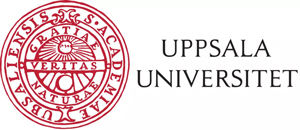 Uppsala University is a comprehensive research-intensive university with a strong international standing. Our mission is to pursue top-quality research and education and to interact constructively with society. Our most important assets are all the individuals whose curiosity and dedication make Uppsala University one of Sweden’s most exciting workplaces. Uppsala University has 40,000 students, 7,000 employees and a turnover of SEK 6.5 billion.
Uppsala University is a comprehensive research-intensive university with a strong international standing. Our mission is to pursue top-quality research and education and to interact constructively with society. Our most important assets are all the individuals whose curiosity and dedication make Uppsala University one of Sweden’s most exciting workplaces. Uppsala University has 40,000 students, 7,000 employees and a turnover of SEK 6.5 billion.
More information at the official website
LoessFest2018: “Diversity of Loess: Properties, Stratigraphy, Origin and Regional Features”.
Volgograd, Russian Federation from 23rd to 29th of September 2018
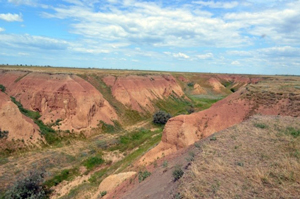 The Loess Focus Group and Ponto-Caspian Stratigraphy and Geochronology Focus Group of
International Union of Quaternary Research are pleased to invite you to participate in
International conference in Loess research – LoessFest2018: “Diversity of Loess: Properties,
Stratigraphy, Origin and Regional Features”. LoessFest2018 will be held in Volgograd, Russian Federation from 23rd to 29th of September
2018. The conference is jointly organized by the INQUA Loess Focus Group and Ponto-Caspian
Stratigraphy and Geochronology Focus Group in order to bring the international communities
together to solve a number of contentious issues involving stratigraphy, geochronology,
geological history, archaeology and climate change in loess regions.
The Loess Focus Group and Ponto-Caspian Stratigraphy and Geochronology Focus Group of
International Union of Quaternary Research are pleased to invite you to participate in
International conference in Loess research – LoessFest2018: “Diversity of Loess: Properties,
Stratigraphy, Origin and Regional Features”. LoessFest2018 will be held in Volgograd, Russian Federation from 23rd to 29th of September
2018. The conference is jointly organized by the INQUA Loess Focus Group and Ponto-Caspian
Stratigraphy and Geochronology Focus Group in order to bring the international communities
together to solve a number of contentious issues involving stratigraphy, geochronology,
geological history, archaeology and climate change in loess regions.
Dowload the First Call
International Symposium 'Loess Deposits as Archives of Environmental Change in the Past'
National Academy of Sciences of the Republic of Armenia in Yerevan | September 15 to 22, 2019
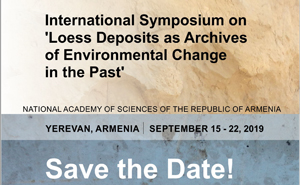 We are pleased to announce that the
International Symposium on 'Loess Deposits as Archives of Environmental Change in the Past'
will be held at the National Academy of Sciences of the Republic of Armenia in Yerevan, from
September 15 to 22, 2019. Please reserve this date in your schedule.
The Symposium will be organized by the Institute of Geological Sciences of the National Academy of
Sciences, supported by the Technische Universität Dresden (Institute of Geography), and the Justus-Liebig
University Giessen (Institute of Geography). Further details for the symposium, including local arrangements, abstract submission and registration
details will be provided in the Second circular towards summer 2018.
We are pleased to announce that the
International Symposium on 'Loess Deposits as Archives of Environmental Change in the Past'
will be held at the National Academy of Sciences of the Republic of Armenia in Yerevan, from
September 15 to 22, 2019. Please reserve this date in your schedule.
The Symposium will be organized by the Institute of Geological Sciences of the National Academy of
Sciences, supported by the Technische Universität Dresden (Institute of Geography), and the Justus-Liebig
University Giessen (Institute of Geography). Further details for the symposium, including local arrangements, abstract submission and registration
details will be provided in the Second circular towards summer 2018.
Dowload the First Call | Dowload Expression of interest
INQUA–INTAV International Field Conference and Workshop: Crossing New Frontiers
Crossing New Frontiers - Tephra Hunt in Transylvania | 24-29 June 2018 in Romania, Europe
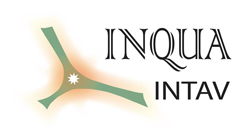 Dear colleagues,
Dear colleagues,
The INQUA International Focus Group on Tephrochronology and Volcanism (INTAV) cordially invites you to participate in the Crossing New Frontiers - Tephra Hunt in Transylvania international field conference that aims to continue the long tradition of very successful inter-INQUA congress tephra meetings, as held previously in the USA, New Zealand, France, Canada and Japan. Crossing New Frontiers will be the first full INTAV-led tephra meeting since the Kirishima conference in Japan in 2010.
Read more at the official website »
LoessFest2017 - International Conference on Loess Research
Gorgan, Golestan Province, Northern Iran 8 – 12 October 2017
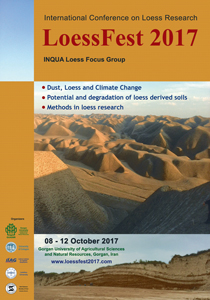 LoessFest2017 is announced by the Loess Focus Group of INQUA, Department of Soil Science at Gorgan University of Agricultural Sciences and Natural Resources, the Institute of Geography at University of Cologne, the Section of Geochronology and Isotope Hydrology at Leibniz Institute for Applied Geophysics, Hanover . The conference will take place 08 to 12 October 2017, in Gorgan, Golestan Province. The main scopes are: Loess and climate change, Potential and degradation of loess derived soils and Methods in loess research.
LoessFest2017 is announced by the Loess Focus Group of INQUA, Department of Soil Science at Gorgan University of Agricultural Sciences and Natural Resources, the Institute of Geography at University of Cologne, the Section of Geochronology and Isotope Hydrology at Leibniz Institute for Applied Geophysics, Hanover . The conference will take place 08 to 12 October 2017, in Gorgan, Golestan Province. The main scopes are: Loess and climate change, Potential and degradation of loess derived soils and Methods in loess research.
LoessFest 2017 aims to discuss recent issues on loess research that will further understanding of loess formation and climate change dynamics. Moreover, building a bridge to other climate archives of Eurasia will be envisaged. Knowledge gaps due to spatial and analytical limits will be elucidated.
The loess record of Northern Iran reflects numerous cycles of climate change and landscape evolution for the Middle to Late Quaternary period. The loess/palaeosol sequences represent the most important geo-archive of climate change in the region and provide an important link between loess deposits in South-eastern Europe and Central Asia.
Read more about conference here »
The Loess Fest 2016
The University of Wisconsin, in Eau Claire, Wisconsin, USA | September 22-26 2016
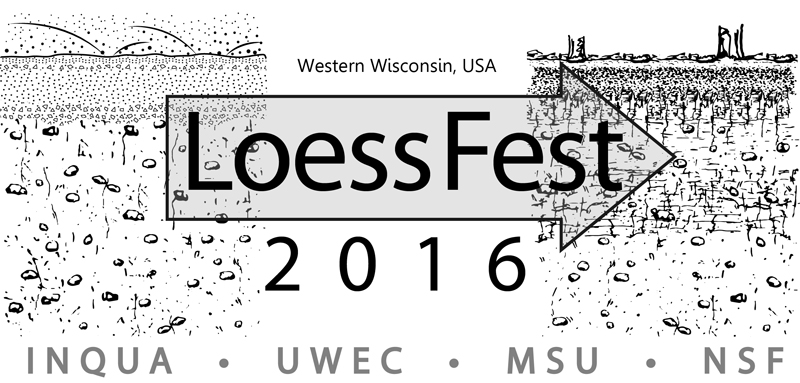
Read more about conference here »
International course on "Micromorphology of deformation structures in Quaternary sediments"
John Menzies (Canada), Birgit Terhorst & Daniel Jäger (Würzburg/Germany)
Prof. Dr. Menzies (Brock University, Canada), Birgit Terhorst, and Daniel Jäger (both University of Würzburg, Germany) conducted the international course with 12 participants from Germany, Mexico, Poland, and Austria at the University of Würzburg between the 6th theoretical introduction was followed by applied lessons on the microscope, which were the main focus of the event. The thin section were described after international methods and systematics. While the analysis of glacial sediments is very well established, the use of micromorphology for landslide masses is relatively new and can be the basis of innovative future approaches. For further courses please contact Daniel Jäger (daniel.jaeger@uni-wuerzburg.de).
International Workshop “IPPAS” in Krems (Lower Austria)
Birgit Terhorst (Würzburg/Germany) & Chrsitine Neugebauer-Maresch (Vienna/Austria)
The international Workshop IPPAS (Interrelation between Paleosols and Paleolithic Sites) took place in Krems (Lower Austria) on the 27th and 28th of June 2014. Christine Neugebauer-Maresch (ÖAW, Austrian Academy of Science) and Birgit Terhorst (Institute for Geography and Geology, University of Würzburg) were responsible for the management and organization of the well-attended conference. The program consisted of one half-day excursion to the excavation site “Krems-Wachtberg” and a visit to the loess paleosol sequences of the locality “Krems-Schießstätte”. The field trip was followed by international presentations on luminescence datings in Austria and Russia (Christine Thiel; Manfred Frechen), the classification of Austrian loess profiles using quantitative color measurements (Tobias Sprafke; Robert Peticzka), periglacial coverbeds and there meaning for landscape development (Susanne Döhler; Bodo Damm; et al.), and the paleosol formation in the late MIS 3. Chrsitine Neugebauer- Maresch and her team presented the results of the excavation at “Krems-Wachtberg”, showing the most important finds, Simon Meyer-Heintze and co-authors reported on the pedochemistry and granulometry of a new Wachtberg profile, for which Elizabeth Solleiro presented micromorphological analyses. Aleksej Rusakov and other Russian colleagues presented MIS 3 paleosols in NE-Europe, Alexander Makeev et al. talked about pedosedimentary stratigraphies in Saalian moraine landscapes in the north of Moscow.
The focus of the second day was exchanging and discussing the results of the famous “Krems- Wachtberg” archeological site, which were gathered throughout long-term excavations. The questions and discussions on future plannings and projects went on until evening. The conference was finished by a dinner at a typical Lower Austrian restaurant.
Altogether, the event’s program was diverse and its auditorium came from varying scientific disciplines and countries such as Russia, Mexico, Austria, Slovakia and Germany. Besides the support of the organizing institution the event was funded by DFG (German Research Foundation, DAAD (Geman International Exchange Office and DBG (German Soil Science Union). Further informations are available on the website of B. Terhorst, University of Würzburg.
International course "Paleosols and paleoenvironment"
Alexander Makeev (Moscow), Elizabeth Solleiro (Mexico City), Birgit Terhorst & Tobias Sprafke(Würzburg)
An international course for “paleosols and paleoenvironment” took place at the Institute for Geography and Geology of the University of Würzburg between the 19th conducted by Dr. Alexander Makeev, who is well known as long-time scientific secretary of the international commission on paleosols. Elizabeth Solleiro (Mexico City), Birgit Terhorst, and Tobias Sprafke (both Würzburg/Germany) were co-lecturers. 21 people, mostly associated with German universities and facilities participated in the course. Besides that Russian, Brazilian, Serbian and Iranian scientists attended the course. It consisted of a theoretical lecture on the basics of paleosols, one practical micromorphology lesson as well as an excursion to Frankonian (northern Bavarian) paleosols. The main focus were Quaternary paleosols and pedosediments with methodical approaches and concepts from long-time research history. Selected case studies gave an insight into innovative research methods and were debated lively.
The topic of the excursion were Pleistocene loess paleosols as well as Holocene fossil soil formations. In this context, the excavations in the Keuper gypsum of the German Triassic near Marktbergel are especially worth mentioning. Martin Nadler and Rita Beigel (Bayerisches Landesamt für Denkmalpflege) impressively explained the archeological finds in a filled karstic doline. Further courses are planned for the future – depending on demand. For further information contact Tobias Sprafke (tobias.sprafke@uni- wuerzburg.de).
International Symposium on Loess, soils and climate change in southern Eurasia
Gorgan, Northern Iran 15 – 19 October 2014 incl. 3 days of excursion and Post-excursion to the Basin of Persepolis, Zagros Mountains 21 – 23 October 2014

We are now inviting submission of abstracts for individual papers and posters to be presented during the symposium. We kindly ask you to submit abstracts of oral or poster presentations before 20 June 2014.
To read more on the conference visit the conference website
Download: The Second Call
Kukla LOESSFEST‘14 - 7th Loess Seminar
International conference on Loess Research | Wrocław, Poland | 8-9 September, 2014
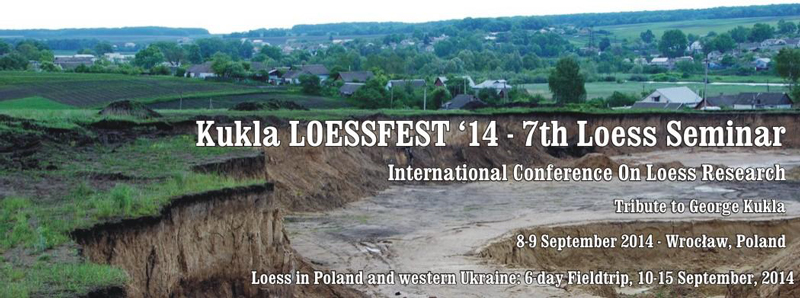
We are pleased to invite you to participate in the Kukla LOESSFEST ‘14 - 7th Loess Seminar which will be held in Wrocław, Poland, 8-9 September, 2014. It will also be an excellent opportunity to discover the beauty and variety of the environment and the culture of Central and Eastern Europe.
Download: The First Call | Registration Form
To read more on the conference visit the official website www.loessfest2014.pl
International Conference on Atmospheric Dust - DUST 2014
Castellaneta Marina (TA), Italy | June 1-6, 2014
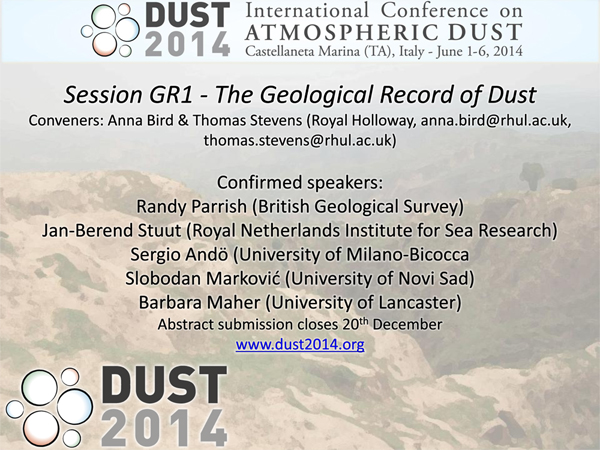
The Italian Association for the Study of Clays (AISA) and the Institute of Methodologies for Environmental Analysis (IMAA) are pleased to invite you to DUST 2014, the International Conference on Atmospheric Dust. The meeting provides an unique opportunity for mineralogists, physicists, geochemists, engineering, volcanologists, chemists and for many other specialists to share ideas and knowledge on the boundless world of the atmospheric particles. More on the conference check the official conference website »
Loess, soils and climate change in southern Eurasia
Conference (2 days) and excursions (1+2 days) | Gorgan, Iran, 15.-19.10.2014
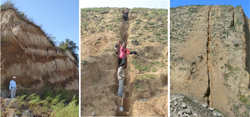 Conveners: Martin Kehl, Farhad Khormali, Eva Lehndorff, Manfred Frechen.
Conveners: Martin Kehl, Farhad Khormali, Eva Lehndorff, Manfred Frechen.
Local Organizing Comittee: Farhad Khormali, Ali Shahriari, Stefan Vlaminck, Tobias Lauer.
First call will be published soon...
Read more about conference here »
INQUA Loess Focus Group Meeting in honour of Professor Ian Smalley
The University of Leicester, Leicester UK, 10th-12th September 2013
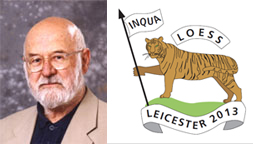 A meeting dedicated to interfaces between the various involved disciplines; also focussing on new regions where loess exploration and investigation is happening, geotechnical aspects of loess and new techniques to date and characterise loess material, and in particular aiming to look at the human/loess interface. Loess had a critical role to play in the development of human society.
A meeting dedicated to interfaces between the various involved disciplines; also focussing on new regions where loess exploration and investigation is happening, geotechnical aspects of loess and new techniques to date and characterise loess material, and in particular aiming to look at the human/loess interface. Loess had a critical role to play in the development of human society.
The meeting will be held in honour of Professor Ian Smalley for his outstanding contribution to loess research over more than fifty years. Ian “pioneered fundamental studies of loess origin, lithologic characteristics and depositional processes” (Dodonov and Zhou, 2008).
For more information please visit the official page
2nd Würzburger Loess Symposium: Palaeolandscapes of Middle and Late Pleistocene

Programme of the conference download here »
6th LOESS SEMINAR IN WROCLAW (POLAND)
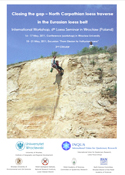 As it was mentioned in 1st Circular, the aim of the meeting is to assemble experienced and young loess researchers to study loess in Poland and western Ukraine and to apply advanced and comparable methods in joint research. We will focus mainly on the Late Pleistocene loess-palaeosol sequences, trying to recognize their spatial differentiation within the Polish and Ukrainian parts of the European loess belt. The properties of the major lithostratigraphic units will be examined in respect of their significance as a potential tool for palaeoenvironmental reconstruction.
As it was mentioned in 1st Circular, the aim of the meeting is to assemble experienced and young loess researchers to study loess in Poland and western Ukraine and to apply advanced and comparable methods in joint research. We will focus mainly on the Late Pleistocene loess-palaeosol sequences, trying to recognize their spatial differentiation within the Polish and Ukrainian parts of the European loess belt. The properties of the major lithostratigraphic units will be examined in respect of their significance as a potential tool for palaeoenvironmental reconstruction.
Oral and poster contributions dealing with new methods in loess research (including dating), stratigraphy, correlation, palaeopedology, periglacial features, loess sedimentology and other loess related items in regional or local context are invited.
Check the call for papers in PDF format here
AGU FALL MEETING 2010
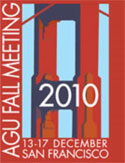 AGU is a worldwide scientific community that advances, through unselfish cooperation in research, the understanding of Earth and space for the benefit of humanity. AGU is a scientific society with a membership of 50,000 researchers, teachers, and students.
AGU is a worldwide scientific community that advances, through unselfish cooperation in research, the understanding of Earth and space for the benefit of humanity. AGU is a scientific society with a membership of 50,000 researchers, teachers, and students.
Mark your calendars today to attend the 2010 AGU Fall Meeting! The Fall Meeting is expected to draw a crowd of over 15,000 geophysicists from around the world.
The deadline for submission of abstracts is 03 September, 2010, 2359 EDT
(Eastern Daylight Time).
Check the call for papers in PDF format here
LOESS IN INDIA
by Ian Smalley
There should be loess in India; one would expect loess in India; the factors are all present to cause the existence of a large loess region in north India. What is required for the formation of a loess deposit? Some way of making the large amount of silt particles required; some way of distributing these across the landscape; some way of forming that characteristic deposit, and perhaps the right climatic conditions. To the east of High Asia is the iconic loess deposit in northern China, associated with the Yellow River; to the west of High Asia are the Central Asian loess deposits, associated with the Syr-Darya and Amu-Darya rivers; what loess to the south?... Find out more

